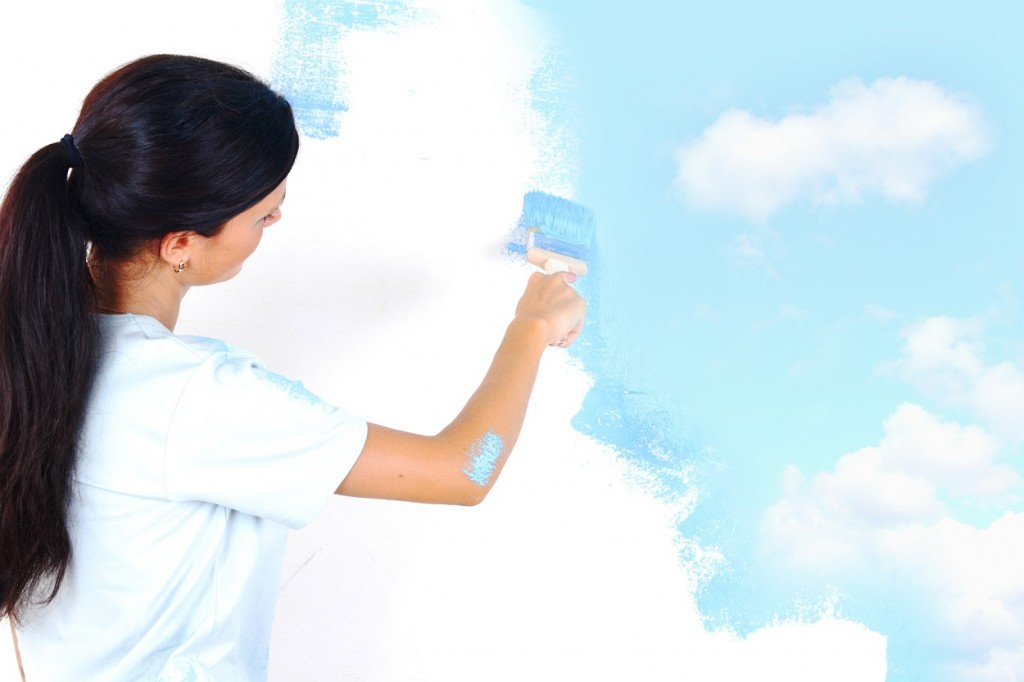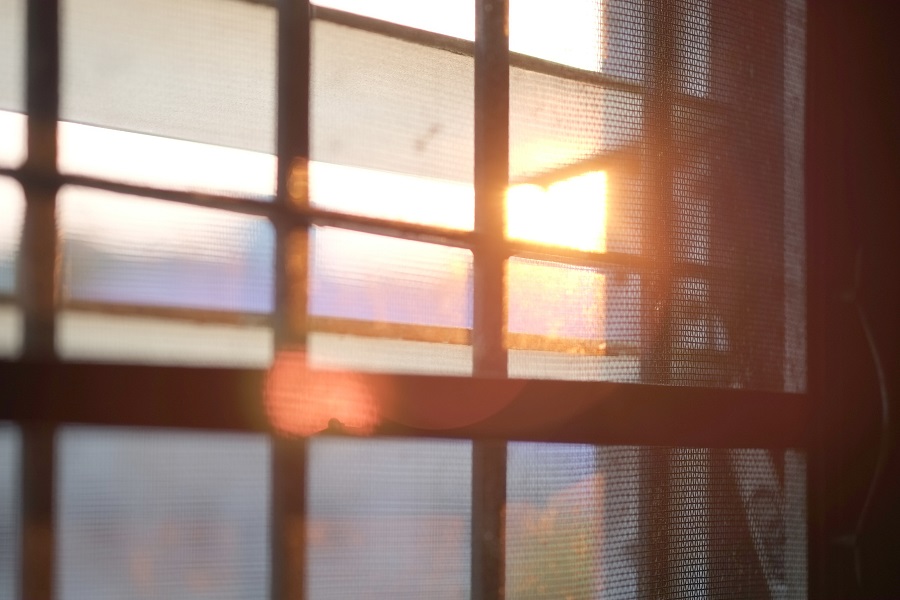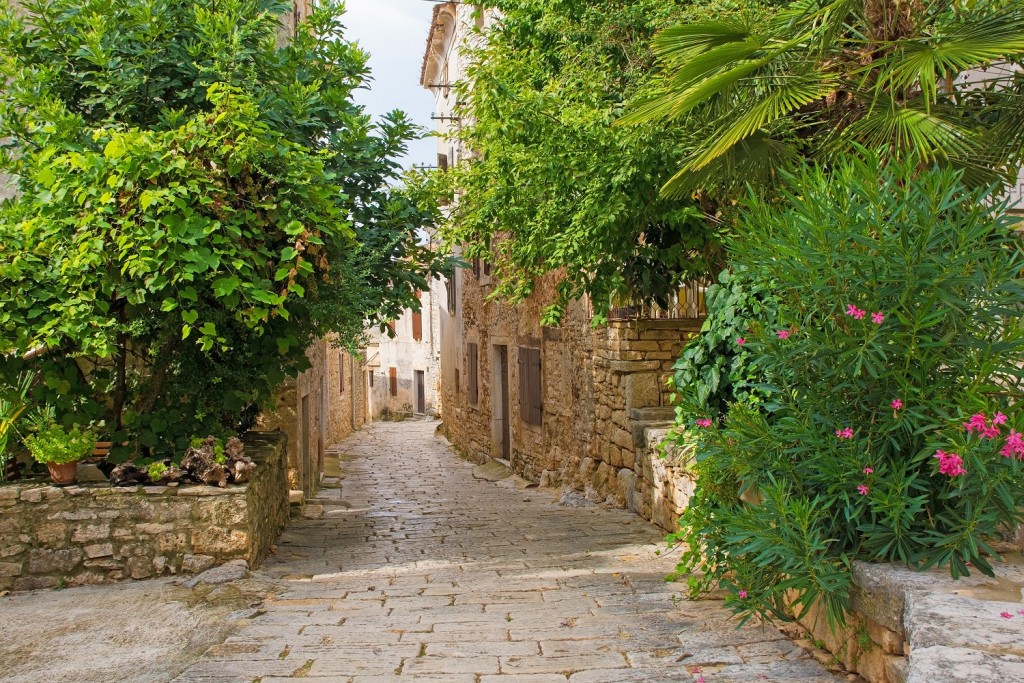By Viktor Chong
As the saying goes, the grass is always greener on the other side. Foreigners are willing to put miles behind them to escape the winter while Malaysians gripe about the perpetual summer others say we take for granted. But we can all agree that it would be all so convenient if the weather conforms to our desires, although this is purely in the realm of fiction.
We cannot change the weather, but we can certainly adapt to it. In a country where it is constantly humid and hot, the simple trick is to minimise the heat retention and absorption of our home. Besides the added comfort of having a more relaxing place, a cooler home reduces the amount of electricity consumed due to the lowered usage of air conditioning.
Here is one opportunity for you to go planet-friendly and, at the same time, skip those unnecessary early afternoon siestas. And now with the pandemic in full bloom, people are spending more time at home, so there really is no excuse not to make our dwelling a more comfortable place. So how do we go about it?
Heat-reflective paint
The general rule is that light coloured paint acts as a good heat reflector while the darker colours make for a better heat absorber. If your colour preference compels you to choose a dark shade, then it would be prudent to invest in heat-reflective paint.
This creates a layer that reflects solar radiation and retards heat flow, effectively reducing heat absorption into the building. Here is some food for thought. According to studies, a 1° degree drop in temperature can provide up to 10% in energy savings.
Have the product coated on your roof and external walls as these are the areas most exposed to sunlight. Heat reduction aside, the paint creates a longer-lasting roof by protecting it from thermal shock, corrosion as well as reducing leakages. Highlighting this attribute may even improve the resale value of your home, assuming that you want to float it on the secondary market.
Windows and blinds
The next step involves substituting your current windows with glasses possessing a low solar heat gain coefficient (SGHC) rating. SGHC is expressed between the numbers 0 and 1, and it represents the amount of solar radiation admitted through the window. The lower a window’s solar heat gain coefficient, the less solar heat it transmits.
To further decrease the SGHC, add tinted films to the glass surface. Even better, place external blinds to prevent sunlight from directly striking the windows. Augment this configuration by lining your drapes with light coloured fabric and having them closed during the hottest time of the day. Improve on this by shading your window with an awning, best if it is made with a reflective material.
Look to the trees
You cannot go wrong with trees. A nice leafy palm or oak goes a long way towards shading your roof from the sun, but these can take years to grow. Homeowners can try their hands at growing banana trees instead as these provide ample shade and take only about four to six months to reach their full height.
Add that with a combination of strategically placed hedges made of dense plants, such as hibiscus or bougainvillaea. The tip is to use plants native to your area as these can survive with minimal care. If you are interested in a little vertical gardening, then wall creepers will be up your alley. They work wonders by acting as a buffer between the wall and the sunlight.
Additionally, creepers contribute to the general heat loss through a process called evapotranspiration. Here, photosynthesis generates water vapour which escapes via the leaves, effectively cooling the air that passes through. Besides, creepers usually have dark, coarse leaves that are ideal for absorbing solar radiation.
If you are looking to cultivate creepers, then erect a couple of trellises by the wall and watch them spread quickly across the surface. However, they may appear messy and unruly if left unchecked, so be prepared for an occasional trimming. Also, some types of creepers can cause damage to your house, so do your research before getting busy.
Prior planning
Making that ideal heat resistant home isn’t always about adding and subtracting things in the now. It involves some foresight, such as buying a house that is north-south oriented to minimise sunlight exposure. Similarly, scrutinise the layout and ensure the windows are aligned to promote cross-ventilation. Favour houses with open layouts where natural daylight is being utilised instead of being dependent on artificial lightning which increases heat emanation.
Open up
We all know the air conditioning system is a simple solution towards a heat problem. But try keeping it as a last resort. For starters, you can open the windows when the temperature outside is cooler as this will equalise the ambient temperature within your room.
If your location lacks consistent breeze, manufacture them by opening the windows at the lowest and highest points in your house. Do not confine your effort to the window. Keep the interior doors open to encourage ventilation across the living space.
Good habits
Never underestimate the significance of supposedly insignificant acts, which when compounded, does a good deal in the effort to combat the heat.
- Unplug your sockets when electrical appliances are not in use. Even when idle, these objects produce heat.
- Swap your current lighting with low heat-emission light bulbs.
- Incorporate fans in your living space instead of air conditioning.
- Place ceiling vents in the kitchen and shower area since these places usually generate heat.
Stay ahead of the crowd and enjoy fresh insights on real estate, property development, and lifestyle trends when you subscribe to our newsletter and follow us on social media.



















































